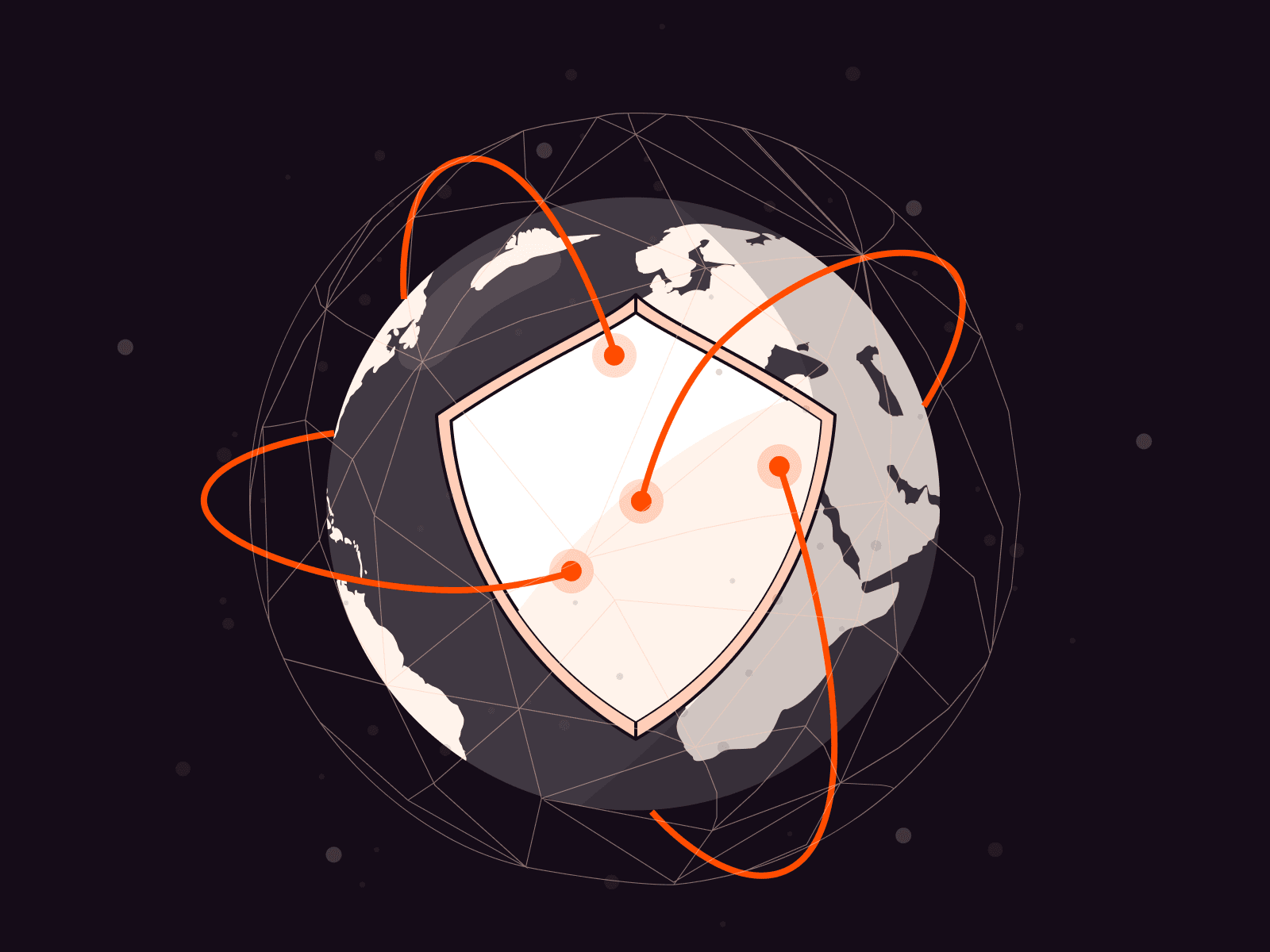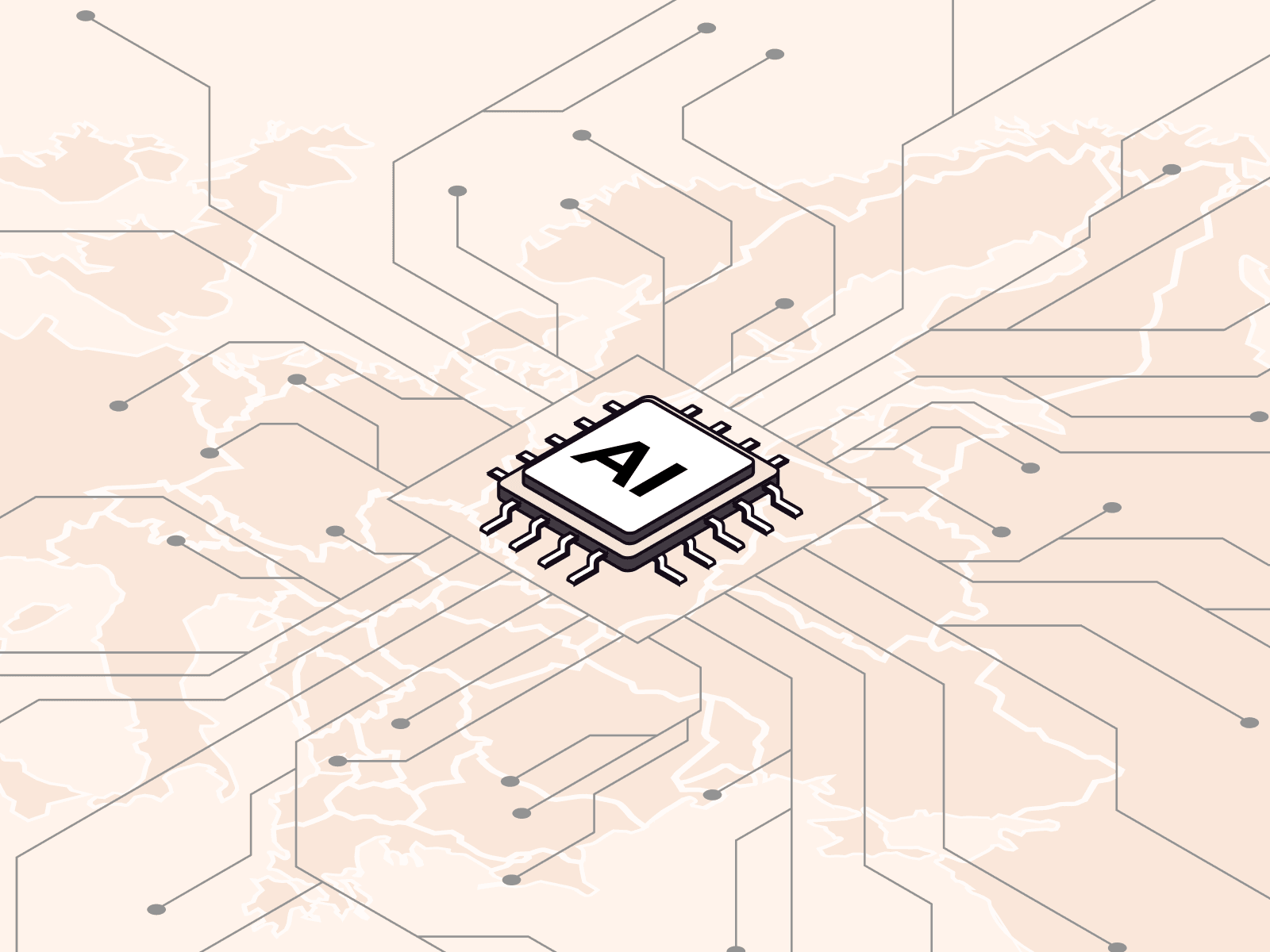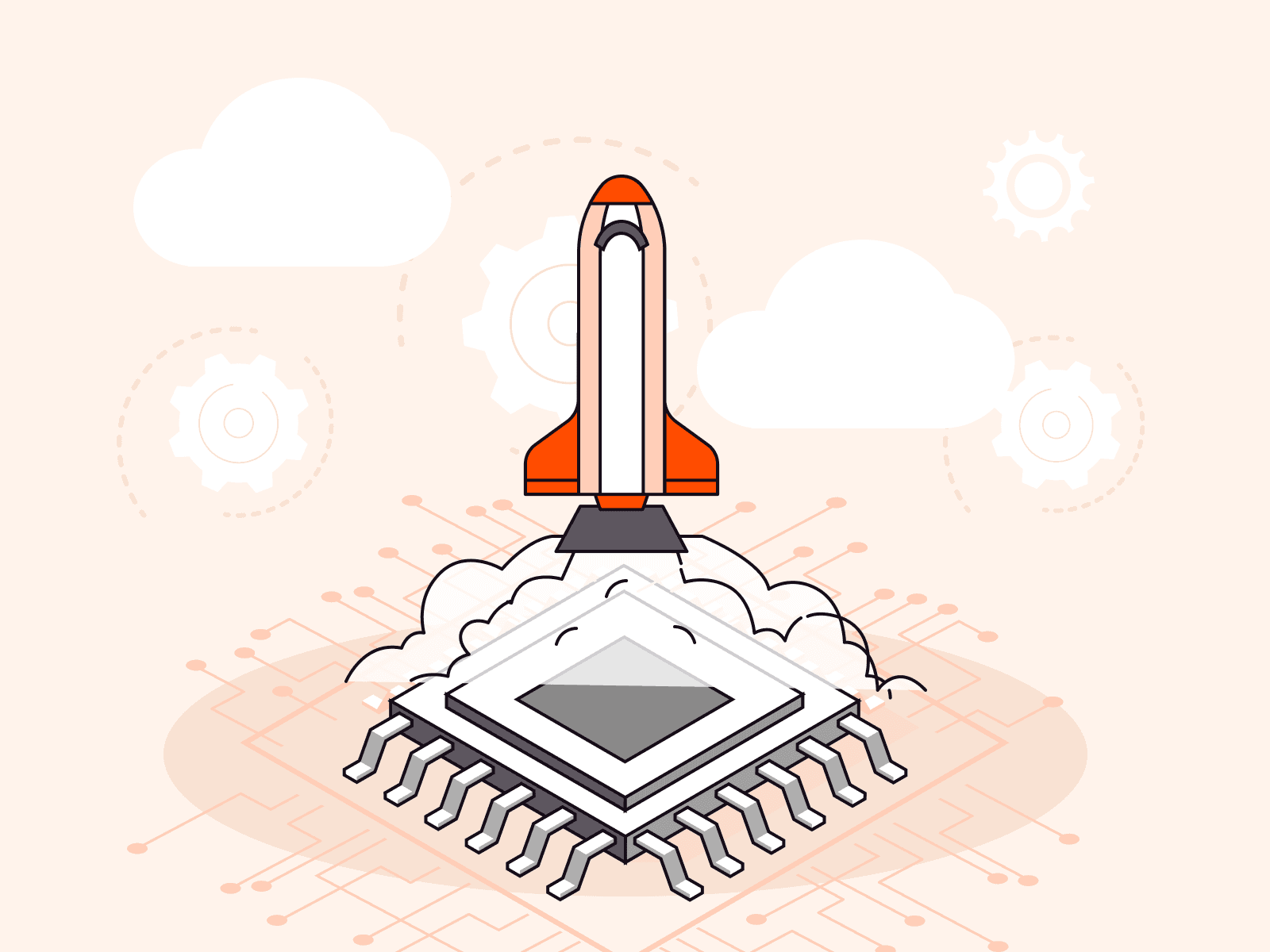No capacity = no defense: rethinking DDoS resilience at scale
- August 22, 2025
- 2 min read

DDoS attacks are growing so massive they are overwhelming the very infrastructure designed to stop them. Earlier this year, a peak attack exceeding 7 Tbps was recorded, while 1–2 Tbps attacks have become everyday occurrences. Such volumes were unimaginable just a few years ago.
Yet many businesses still depend on mitigation systems that were not designed to scale alongside this rapid attack growth. While these systems may have smart detection, that advantage is moot if physical infrastructure cannot handle the load. Today, raw capacity is non-negotiable — intelligent filtering alone isn’t enough; you need vast, globally distributed throughput.
Lukasz Karwacki, Gcore’s Security Solution Architect specializing in DDoS, explains why modern DDoS protection requires immense capacity, global distribution, and resilient routing. Scroll down to watch him describe why a globally distributed defense model is now the minimum standard for mitigating devastating DDoS attacks.
DDoS is a capacity war, not just a traffic spike
The central challenge in DDoS mitigation today is the total attack volume versus total available throughput.
Attacks do not originate from a single location. Global botnets harness compromised devices across Asia, Africa, Europe, and the Americas. When all this traffic converges on a single data center, it creates a structural mismatch: a single site’s limited capacity pitted against the full bandwidth of the internet.
Anycast is non-negotiable for global capacity
To counter today’s attack volumes, mitigation capacity must be distributed globally, and that’s where Anycast routing plays a critical role.
Anycast routes incoming traffic to the nearest available scrubbing center. If one region is overwhelmed or offline, traffic is automatically redirected elsewhere. This eliminates single points of failure and enables the absorption of massive attacks without compromising service availability.
By contrast, static mitigation pipelines create bottlenecks: all traffic funnels through a single point, making it easy for attackers to overwhelm that location. Centralized mitigation means centralized failure. The more distributed your infrastructure, the harder it is to take down — that’s resilient network design.
Why always-on cloud defense outperforms on-demand protection
Some DDoS defenses activate only when an attack is detected. These on-demand models may save costs but introduce a brief delay while traffic is rerouted and protections come online.
Even a few seconds of delay can allow a high-speed attack to inflict damage.
Gcore’s cloud-native DDoS protection is always-on, continuously monitoring, filtering, and balancing traffic across all scrubbing centers. This means no activation lag and no dependency on manual triggers.
Capacity is the new baseline for protection
Modern DDoS attacks focus less on sophistication and more on sheer scale. Attackers simply overwhelm infrastructure by flooding it with more traffic than it can handle.
True DDoS protection begins with capacity planning — not just signatures or rulesets. You need sufficient bandwidth, processing power, and geographic distribution to absorb attacks before they reach your core systems.
At Gcore, we’ve built a globally distributed DDoS mitigation network with over 200 Tbps capacity, 40+ protected data centers, and thousands of peering partners. Using Anycast routing and always-on defense, our infrastructure withstands attacks that other systems simply can’t.
Many customers turn to Gcore for DDoS protection after other providers fail to keep up with attack capacity.
Find out why Fawkes Games turned to Gcore for DDoS protection
Related articles
Subscribe to our newsletter
Get the latest industry trends, exclusive insights, and Gcore updates delivered straight to your inbox.






